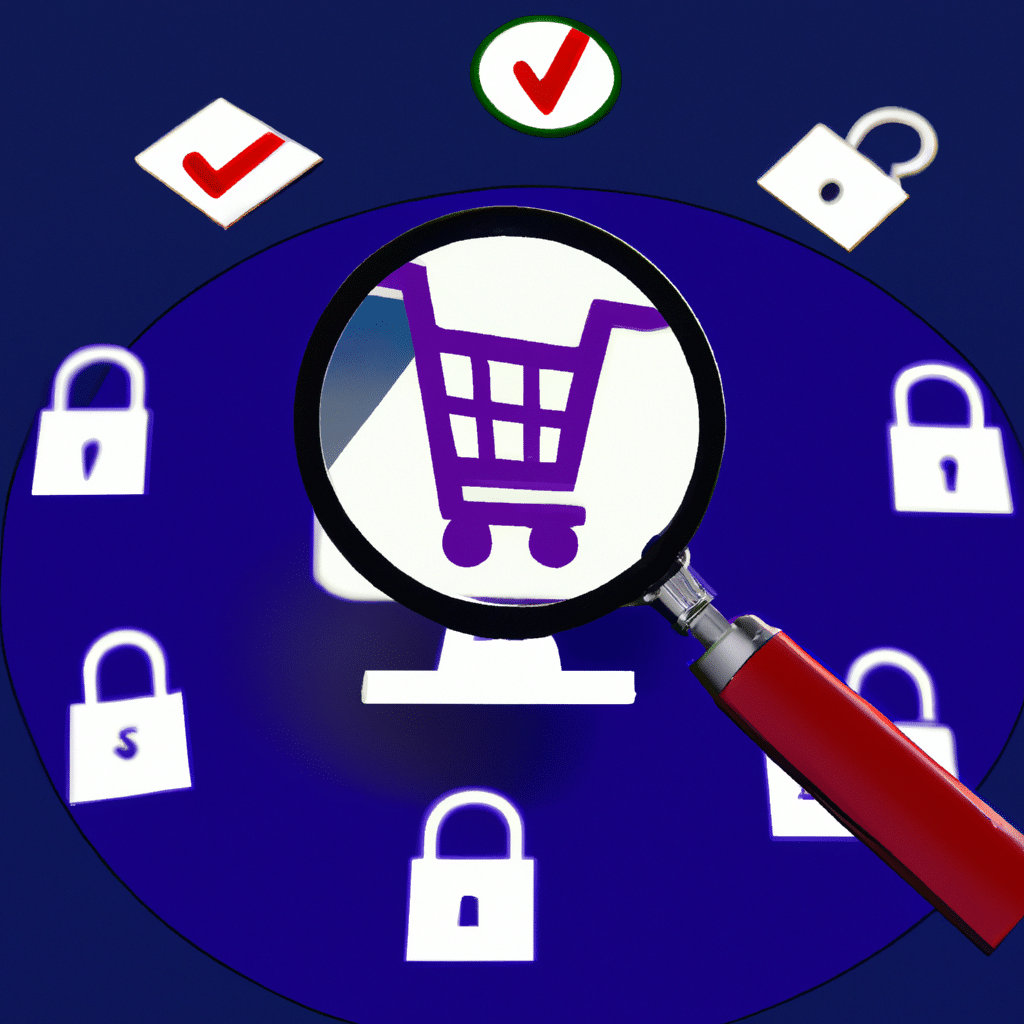How to Secure Your Online Shopping Transactions from Malware Attacks
Online shopping has become a popular trend for many people worldwide. However, with the increase in online shopping, the risk of malware attacks has also increased. Malware attacks can compromise your personal information, such as your credit card details, which can result in financial loss. Therefore, it’s vital to take necessary measures to secure your online shopping transactions from malware attacks. In this article, we will discuss the best ways to protect yourself while shopping online.

Use a Secure and Trusted Website
The first step in securing your online shopping transactions is to use a secure and trusted website. You should only shop from websites with a secure connection, indicated by a padlock icon in the address bar. Also, ensure that the website’s URL starts with “https” instead of “http.” Websites with “https” have a secure connection, and the information transmitted is encrypted, making it difficult for cybercriminals to intercept.
Moreover, you should only shop from trusted websites. Do your research and read reviews before making a purchase. If a deal or offer seems too good to be true, it probably is. Avoid shopping from websites that are not well-known or have a poor reputation.
Keep Your Operating System and Software Updated
Keeping your operating system and software updated is crucial in protecting yourself from malware attacks. Software companies regularly release updates that patch security vulnerabilities and protect against new malware threats. Therefore, it’s essential to keep your operating system and software up to date.
Most operating systems and software have an automatic update feature that you can enable to receive updates automatically. However, if you prefer to update manually, ensure that you regularly check for updates and install them as soon as possible.
Use Strong Passwords and Two-Factor Authentication
Using strong passwords and two-factor authentication is another way to secure your online shopping transactions. A strong password should contain a mix of uppercase and lowercase letters, numbers, and symbols. Avoid using easily guessable details, such as your name or birthdate, as your password.
Additionally, enable two-factor authentication wherever possible. Two-factor authentication provides an extra layer of security by requiring a code or fingerprint in addition to your password to access your account.
Avoid Public Wi-Fi Networks
Avoid using public Wi-Fi networks when shopping online. Public Wi-Fi networks are not secure, and cybercriminals can intercept the data transmitted over the network. If you must use public Wi-Fi, use a virtual private network (VPN) to encrypt your data and protect your privacy.
Use Antivirus Software
Antivirus software is essential in protecting your computer from malware attacks. Antivirus software scans your computer for viruses and malware and removes them if detected. Additionally, antivirus software can prevent malware from infecting your computer in the first place.
Ensure that you have antivirus software installed on your computer and that it’s up to date. Most antivirus software has an automatic update feature that you can enable to receive updates automatically.
Be Wary of Phishing Scams
Phishing scams are a common way for cybercriminals to steal personal information. Phishing scams involve cybercriminals sending emails or messages that appear to be from a trusted source, such as a bank or online retailer. The message will usually contain a link to a fake website that looks identical to the trusted source’s website, prompting you to enter your personal information.
To avoid falling victim to phishing scams, be wary of emails or messages that ask for personal information. Additionally, hover your mouse over the link to see the destination URL before clicking on it. If the URL looks suspicious, do not click on it.
Conclusion
In conclusion, securing your online shopping transactions from malware attacks is crucial in protecting yourself from financial loss and identity theft. Use a secure and trusted website, keep your operating system and software updated, use strong passwords and two-factor authentication, avoid public Wi-Fi networks, use antivirus software, and be wary of phishing scams. By following these tips, you can shop online safely and with peace of mind.












